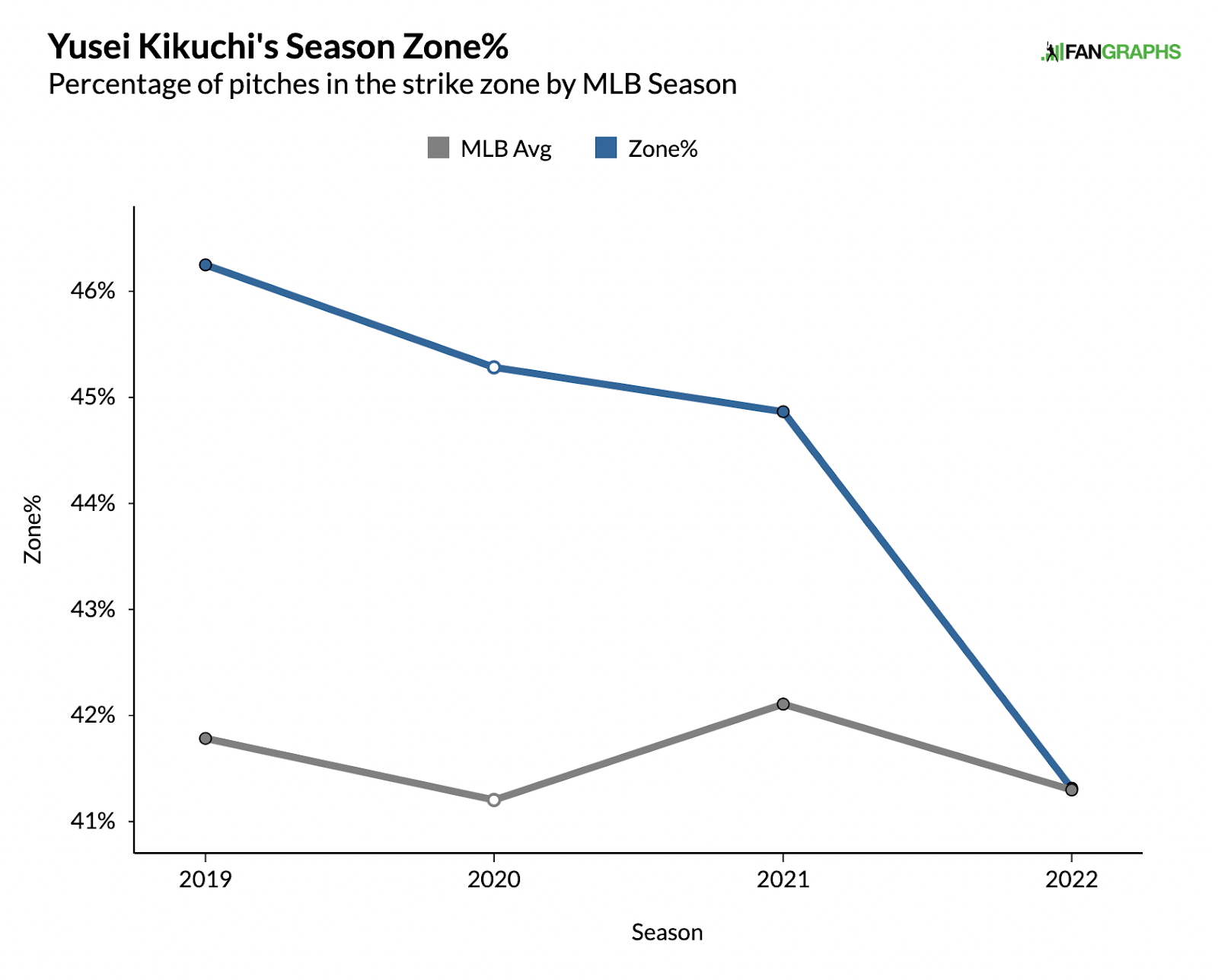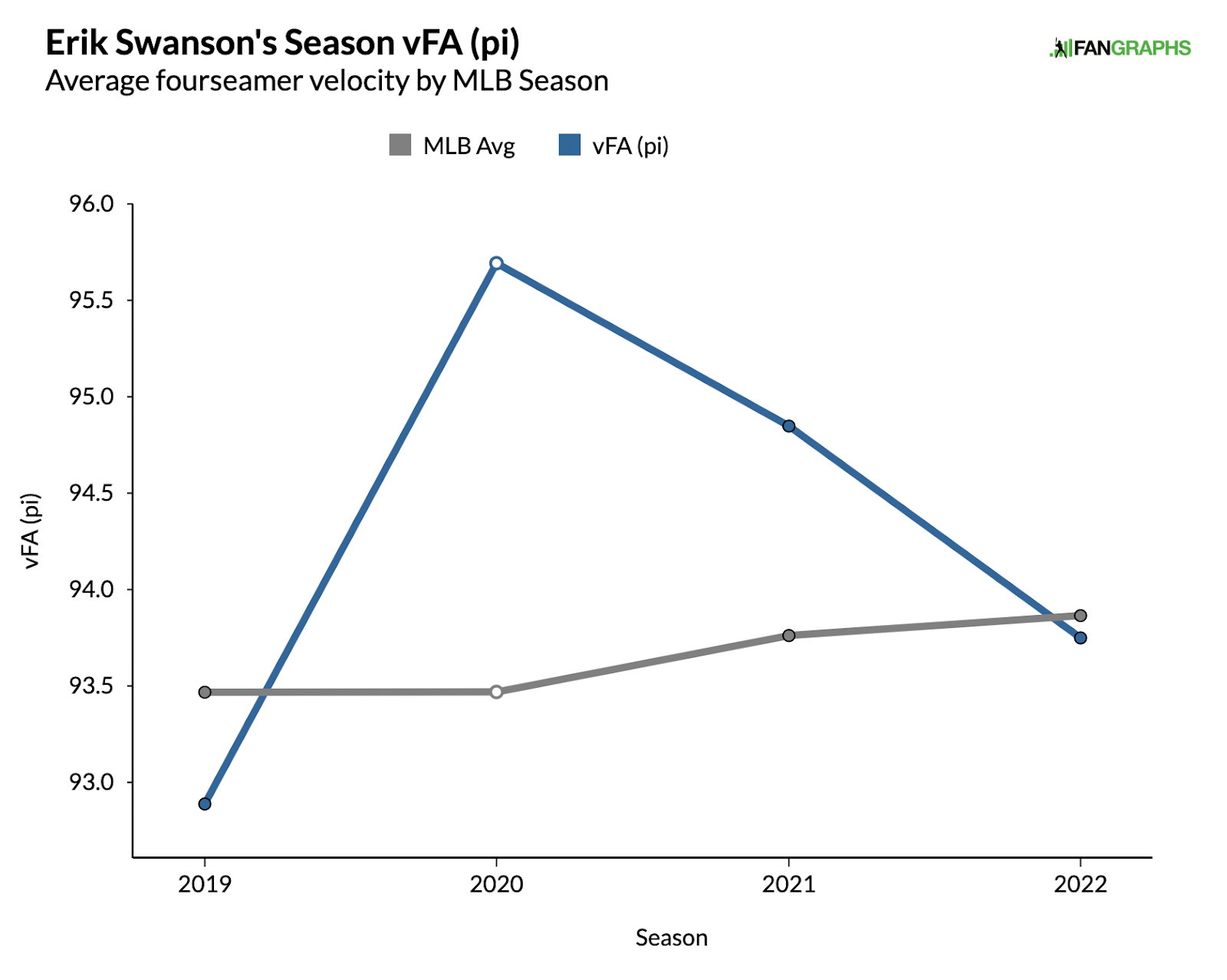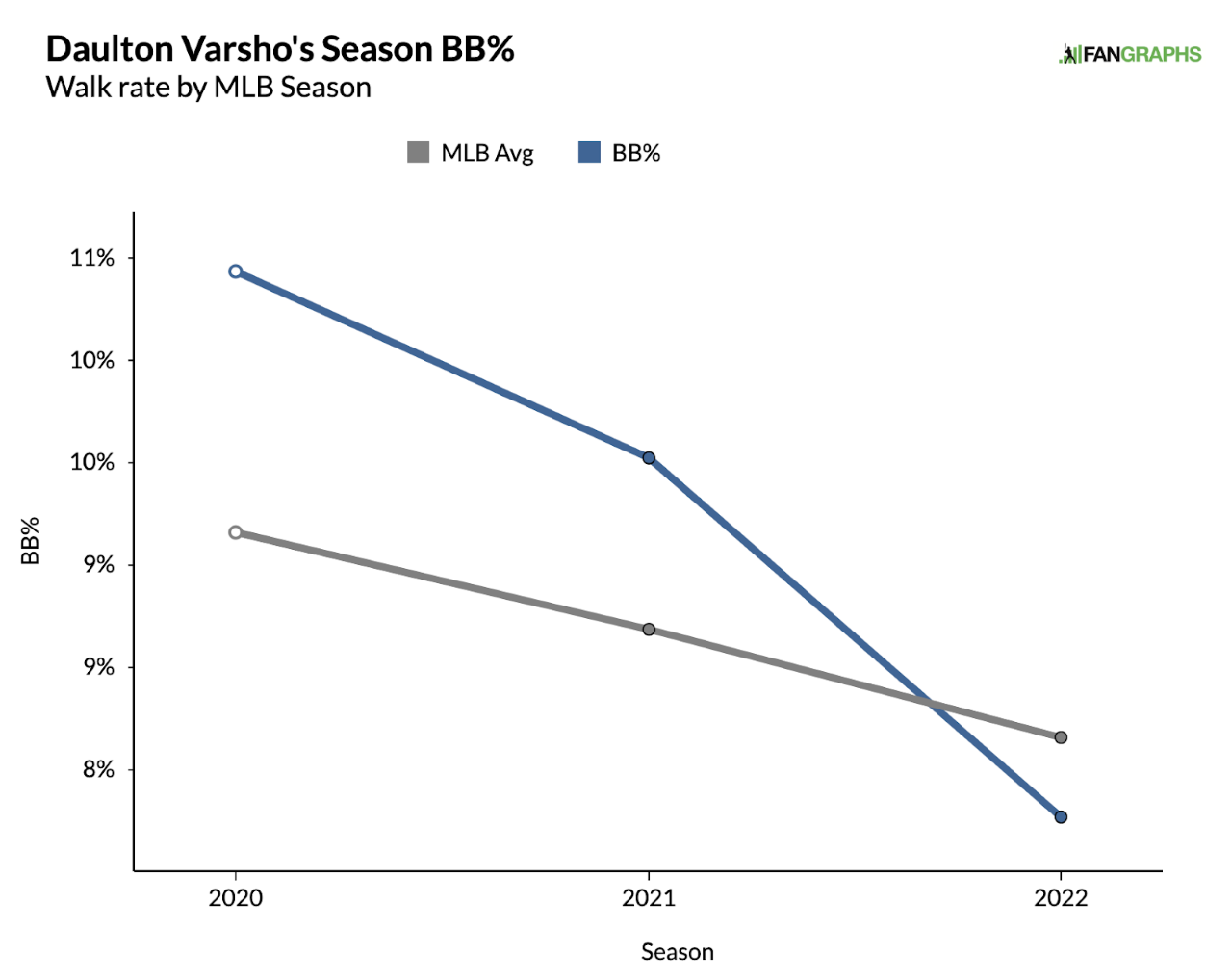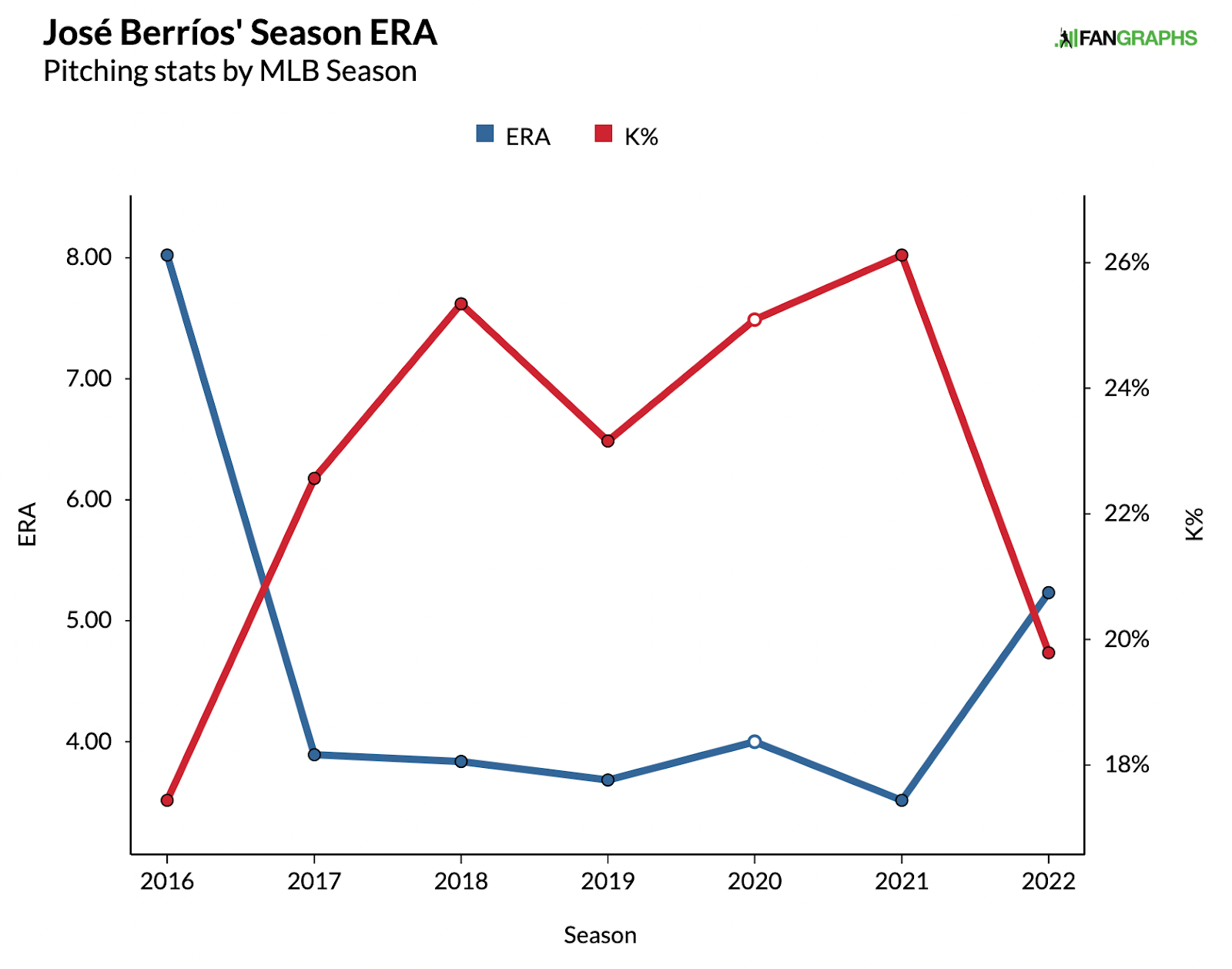Spring training numbers that should matter to the Blue Jays
Posted Feb 19, 2023 08:30:00 PM.
This time of year generates plenty of excitement for baseball fans, and rightly so. It is also a time for unbridled optimism barring unexpected injury setbacks — like the scare Texas Rangers fans are dealing with regarding new addition Jacob deGrom.
While there’s nothing wrong with positivity, it’s also a difficult time to get a read on how teams are looking.
That will change when spring training games begin next week. Although results from those contests can be hard to parse due to unpredictable player usage, there’s often still something to learn from them.
Here are a few details to keep your eye on when the Blue Jays’ Grapefruit League season gets underway:
Danny Jansen’s max exit velocity
Every year one or two players make headlines for showing up to camp in the best shape of their life. In 2023 the Blue Jay who fits the bill is Jansen, who has turned heads over the last few days.
The catcher is already coming off an impressive season that saw him slug .512 and hit 15 home runs in just 72 games. Despite that production, he still wasn’t a Statcast darling as his max exit velocity was in the 53rd percentile and his average exit velo ranked seventh on the Blue Jays.
Last season, Santiago Espinal made waves by bulking up and he bumped up his max exit velocity by 3.3 mph from 2021. That didn’t translate to much power because he was working from such a low baseline, but it was a notable difference.
A similar jump from Jansen would be far more significant as the catcher already does an excellent job of pulling the ball in the air.
In the small-sample-size world of spring training Jansen may not receive enough at-bats to square a ball up to the best of his ability. So, if he doesn’t smash any previous max exit velocity records that doesn’t mean it won’t happen.
But if he is able to demonstrate a new level of raw power it could be the first step to bumping up an already-impressive offensive ceiling.
Yusei Kikuchi’s zone percentage (particularly on his fastball)
Normally when a pitcher is allowing too many walks the issue is more complicated than an inability to fill the strike zone.
In Kikuchi’s case last season, though, his problems were so elementary that they came down to basic control more so than command.
The southpaw had traditionally thrown pitches in the strike zone at a rate well above league average, but that trend came to an abrupt end in 2022.

His zone rate on his fastball dropped by 8.2 per cent from 2021. That allowed opponents to lay off of it more on their way to walks — or at-bats where they could zero in on his slider, a pitch hitters slugged .602 off last season.
Throwing more strikes isn’t the be-all and end-all for Kikuchi’s success, but he won’t be a functional starter in 2023 if his control doesn’t improve from what we saw last season.
Erik Swanson’s velocity
Swanson is coming off a career season when his velocity dropped to its lowest point since he became a full-time reliever.
That fact alone suggests that velocity isn’t at the heart of his success. He locates his heater extremely well at the top of the zone and above. He also has a splitter that helps it play up and a slider that ties right-handed hitters in knots.
At the same time, when you trade for a high-leverage reliever who throws fastballs more than 50 per cent of the time this isn’t the ideal velocity trend:

We have solid proof of concept that Swanson can thrive without elite heat, but even a stabilization of his 2022 levels would be a positive sign.
If he were able to tick back up towards his 2020 peak, that would be even better for the Blue Jays.
Daulton Varsho’s walk rate
As the biggest new addition to the Blue Jays, plenty of eyes will be on Varsho during spring training.
The versatile defensive ace has obvious strengths like his ability to read fly balls and produce power from the left side of the plate. He also enters his fourth MLB season with a career OBP of .306.
That’s not a disastrous number considering his other talents, but Varsho’s upside is limited to some degree unless he can get on base a little bit more.
Walks are an obvious avenue to making that happen, especially since the outfielder strikes out at an above-average clip, limiting his raw number of balls in play.
In Varsho’s first two MLB seasons he demonstrated an ability to draw walks at an impressive rate — albeit in limited at-bats — but that fell off last season.

Any bounce back in this area would put significantly less pressure on his ability to hit for power — and allow the Blue Jays to be more open-minded about slotting him further up the lineup.
Varsho’s not about to become Joey Votto, but a BB% nearing double digits would do him a world of good.
Walk rate is also a statistic that tends to be meaningful in relatively small samples, so any trend identified in spring training action has a solid chance to carry over into the season.
Jose Berrios’ strikeout rate
Berríos had a 2022 to forget, and he will be closely monitored for signs of a turnaround during the spring.
While zeroing in on his strikeout may seem overly simplistic, there’s no denying the role the relationship between his ability to rack up K’s and his success.

In the small sample of Grapefruit League ball his swinging strike rate would normally be of more interest than his strikeout rate — but Berríos specifically struggled to finish off hitters.
His swinging strike rate in 2022 (9.3 per cent) was very similar to what he produced in an excellent 2021 (9.9 per cent) and he reached two-strike counts at a pretty similar clip (29.1 per cent vs. 30.7 per cent).
What he did when he got to two strikes was the difference.

In 2021 Berríos completed strikeouts more often than he allowed balls in play whereas in 2022 his BIP rate was 30.3 percent higher than his putaway percentage.
That’s a massive difference, and if Berríos is finishing off at-bats in Grapefruit League action that will be a positive sign for the Blue Jays.








